Brandon Bunkowsky
Advisor: Neil Minuk
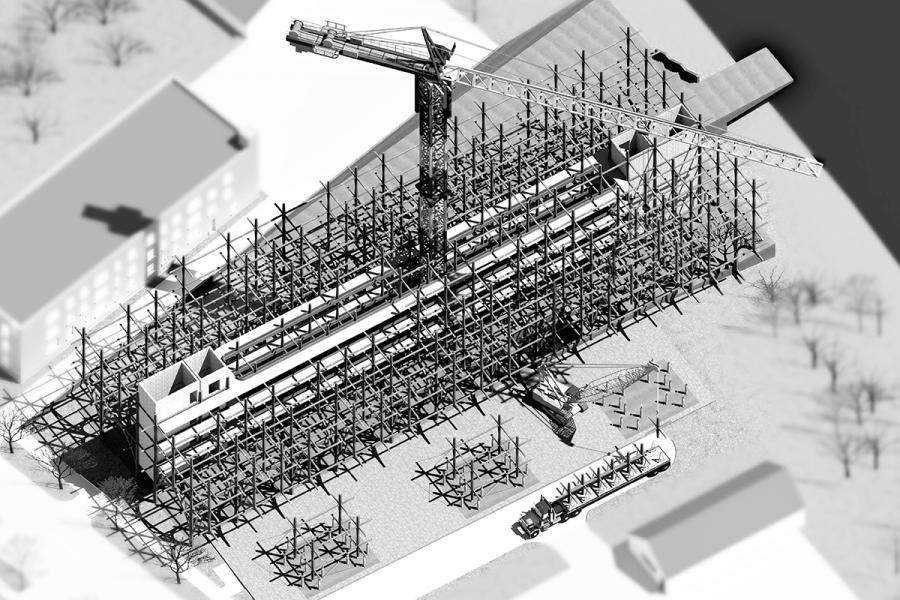
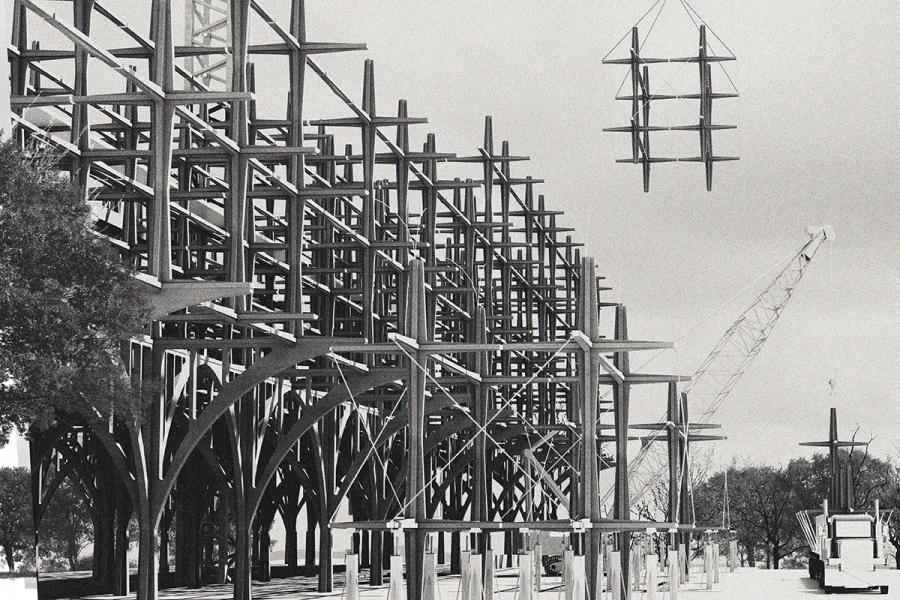
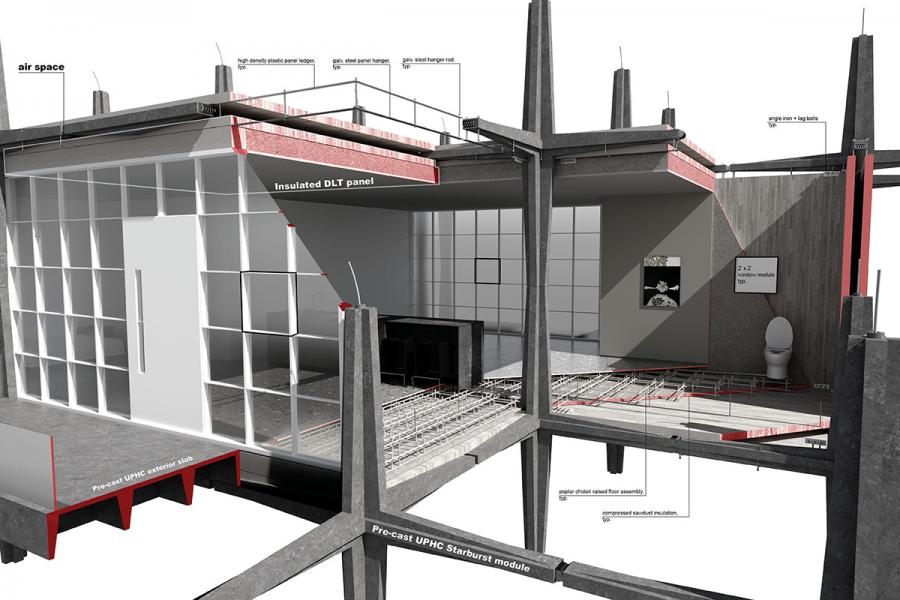
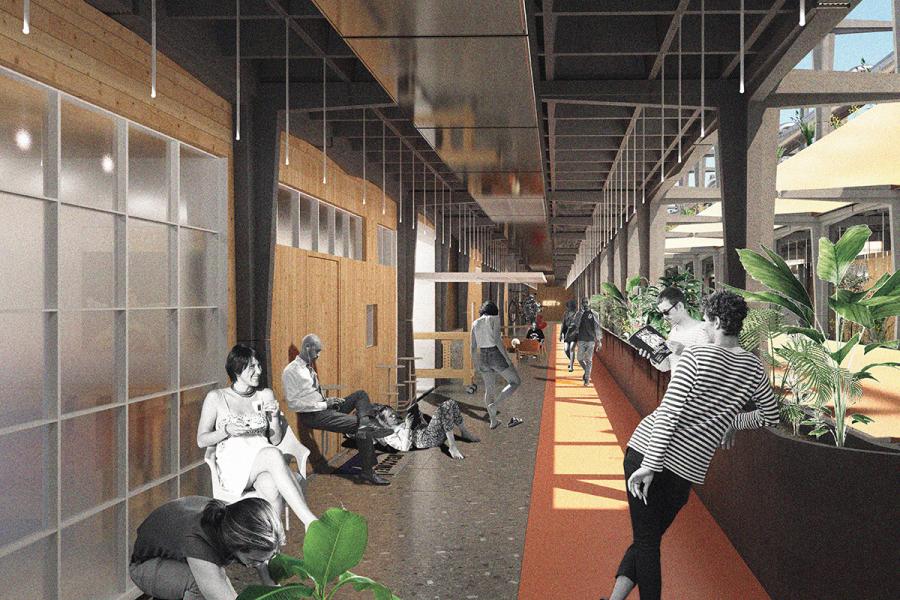
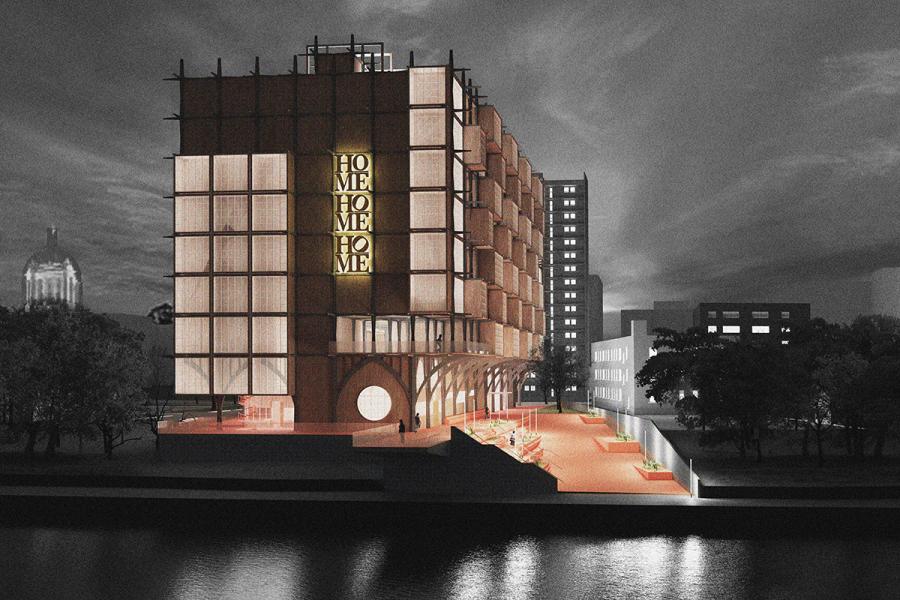
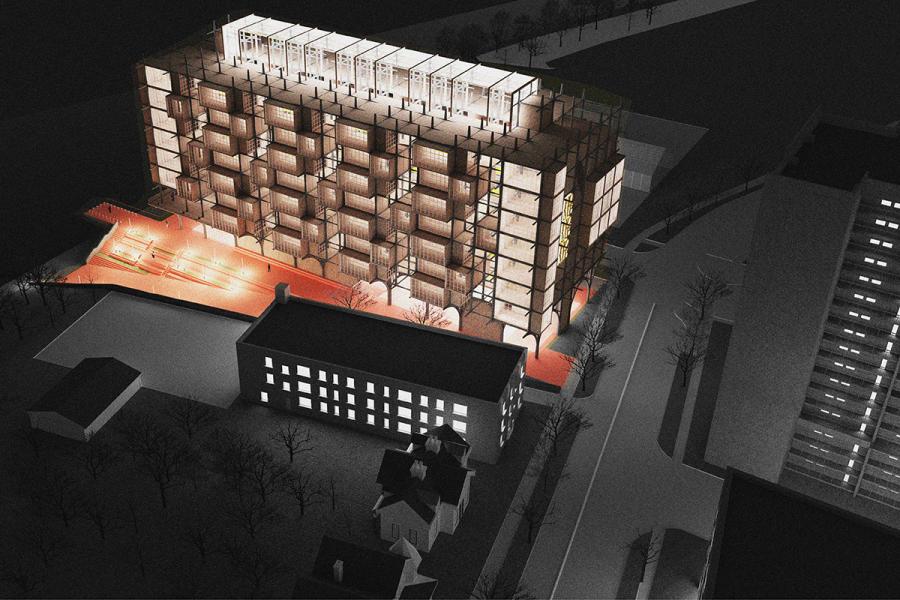
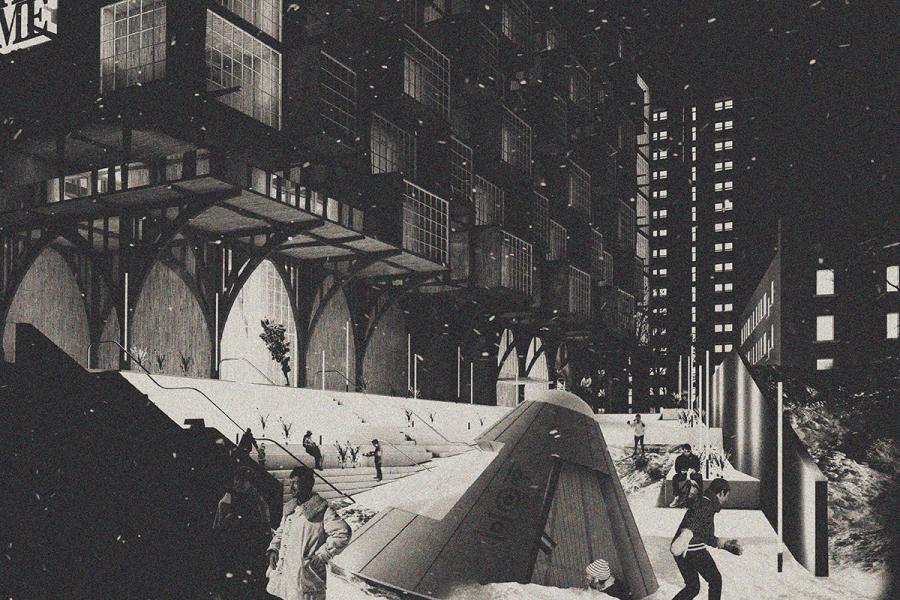
Invisible Forces & Consequential Choices
Humans are ever-changing, and our desires, our hopes and our dreams are in constant flux. This state of flux has never been more apparent than in the last 2 years. A global pandemic has blurred the thresholds between the spheres of leisure, work and socialization drastically over a short period of time. Although not unique to this time period, it has amplified those boundaries which are constantly moving. While humans are ever changing, so is our environment. This is at the front of our collective consciousness as we are the beginning to experience the effects of climate change. Wildfires, drought & floods have become frequent across Canada, exposing the fragility of the built environment, displacing mass numbers of people & disrupting key functions of the economy. Yet we are not building with adaptability & resilience in mind, we are still building the same way - particularly housing as we did post-war. We are holding onto this idea that the world is either normal, or it’s the apocalypse, it is the end — and both are false. How can we introduce an objective reality back into our buildings?
Architecture needs to be held to the highest degree of responsibility toward the environment and be inherently designed for the future. It should be built from sustainable materials without waste. It should have flexible and adaptable building components designed specifically from the ground up to be endlessly reusable. It should exploit the advantages of modern digital fabrication. Buildings should be personal and flexible. What are the invisible forces that shape the built environment? How can we achieve this sustainable, personal architecture? Late finance capitalism has dictated we are largely designing for profit. How can we shift priorities towards sustainability and happiness? This is not just some vision or fantasy. This is an attainable future. This thesis will explore that future.
